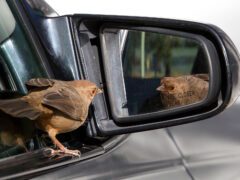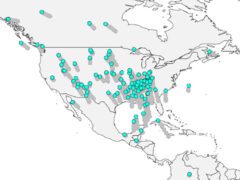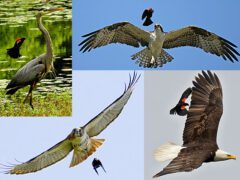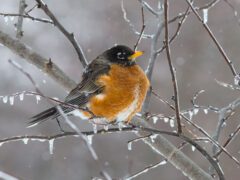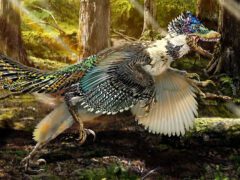Palm Warblers are small songbirds, but they are on the larger side for a warbler and have a fuller looking belly. Their posture is more upright than a typical warbler and more like a pipit—especially noticeable when they are on the ground. Their tails and legs are longer than most warblers contributing to the pipitlike shape.
Relative Size
Larger than a Ruby-crowned Kinglet, smaller than a Dark-eyed Junco.

 sparrow-sized or smaller
sparrow-sized or smallerMeasurements- Both Sexes
- Length: 4.7-5.5 in (12-14 cm)
- Weight: 0.3-0.5 oz (7-13 g)
- Wingspan: 7.9-8.3 in (20-21 cm)
- Length: 4.7-5.5 in (12-14 cm)
- Weight: 0.3-0.5 oz (7-13 g)
- Wingspan: 7.9-8.3 in (20-21 cm)

















































